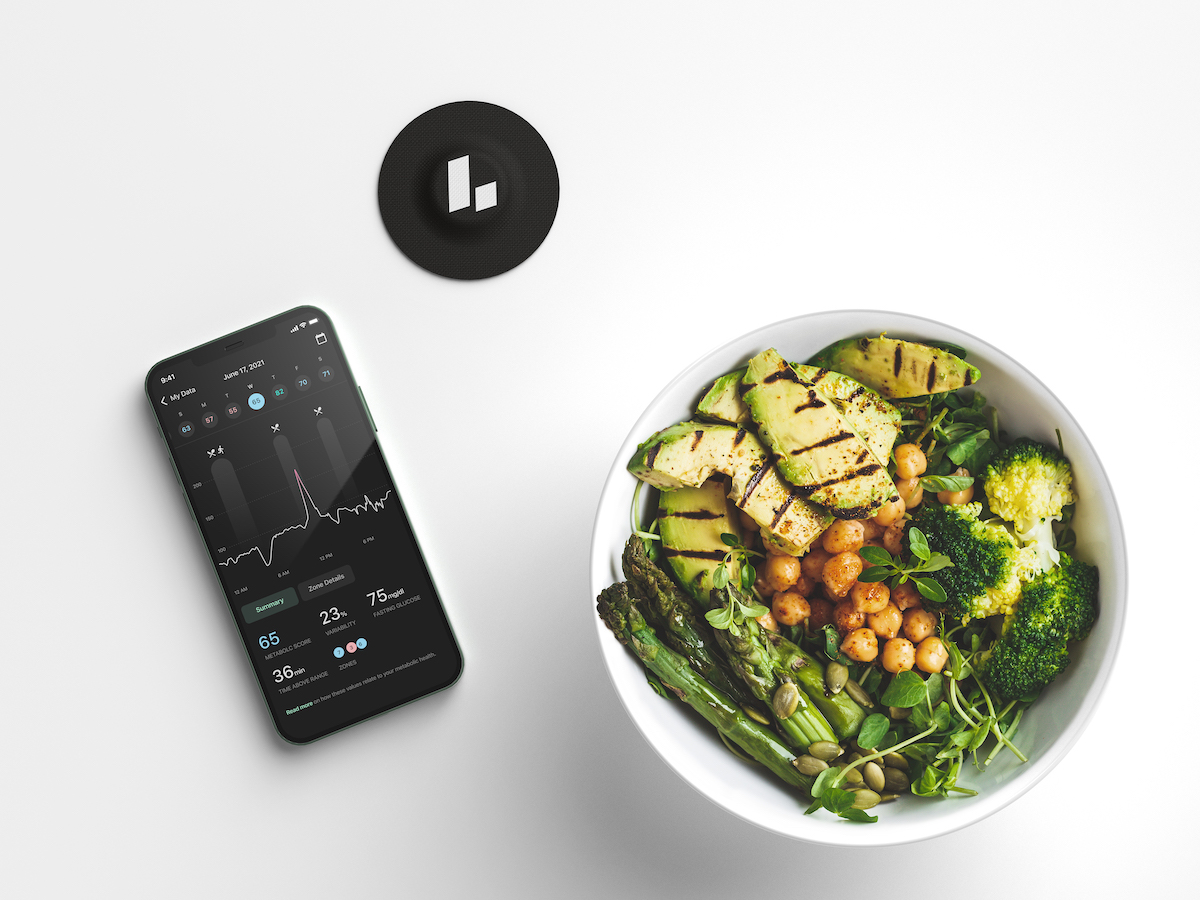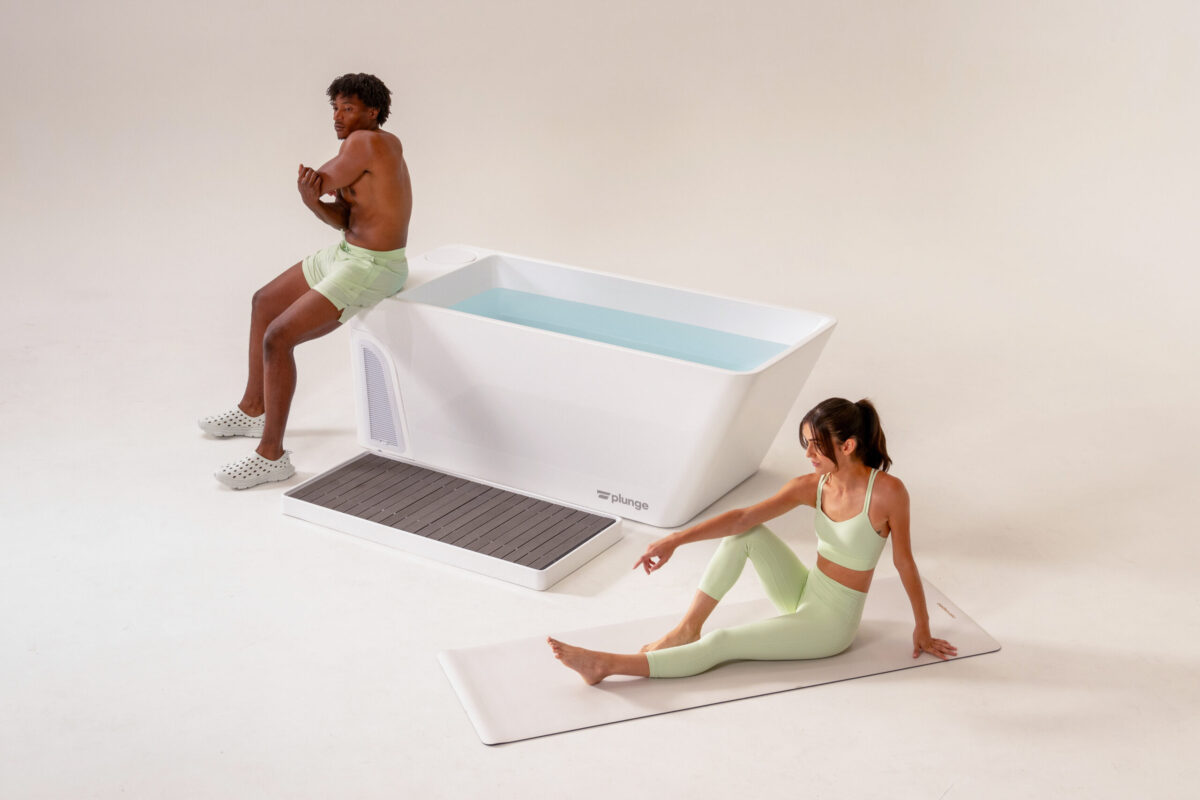Startup Q&A is an interview series showcasing health, fitness, and wellness companies.
In this Q&A, you’ll hear from Sam Corcos, co-founder and CEO of Levels, a metabolic health company using CGMs to help people make healthier choices. Sam tells us about the early days at the company, from bad pitches to jaw-dropping moments. He also gives us insight into what it will take to fix America’s metabolic health crisis.
Can you tell us about what you’re working on at Levels?
Sam Corcos: In short, Levels helps you see how food affects your health.
By leveraging biosensors like continuous glucose monitors (CGMs), Levels provides real-time feedback on how diet and lifestyle choices impact your metabolic health. Our members are using personalized data to discover their optimal diet, control their weight, and reduce long-term health risks.
How did you come up with the idea? What key insight led you to pursue this opportunity?
SC: I was introduced to one of my co-founders, Josh Clemente, in 2014 through his parents, and we kept in touch for years afterward. In May 2019, serendipitously, I hit up Josh to catch up and ask for advice for a friend.
During the call, he ended up sharing an update on his continuous glucose monitoring project at the time, then referred to as “Frontier BioMetric.”
I was intrigued by the concept and said “just come to New York and we can spend a weekend whiteboarding to see if this thing has legs.”
I was in the middle of taking a year off work and deciding my next move. At the time, I figured I would connect Josh with some venture capitalists in my network as a favor to a friend, with no intention of joining the project.
After learning more about his vision for the company and helping him fine-tune, I started to realize the concept was more than a hardware company and was eager to be a part of it.
For me, it was an interesting situation of stars aligning. During my year off, I talked to a lot of other people working in healthcare technology, learning about physician networks and some of the changes in telemedicine laws.
I was also able to use the CGM for myself for the first time and realized how a lot of my dietary habits were contributing to the lifestyle issues I was having.
When I realized that the real value-add here is in the software layer—and my background is in software—it became increasingly clear to me that, of the various projects that I was working on, this one had the most potential.
When I was talking to Josh about starting the company, there was a lot of discussion about the CEO role. I remember Josh wanted to be the CEO, so I asked something like, “Well, how much do you like spending your time taking investor pitches and doing email?”
With my experience with early-age startups, I knew I could use my learnings to bring this company to life. Josh had less interest in the roles and responsibilities as a CEO and wanted to focus more on the technology and culture side, so after a candid conversation, it was the beginning of a solid business partnership.
How did you turn your idea into a company?
SC: When Josh Clemente came to visit me in New York for introductions to venture capitalists, the first pitch didn’t go over well. But, after using their feedback to make some tweaks, we had a few investors interested.
The infamous “juice cart” moment is one of our favorite stories… Right before one of our investor meetings, Josh grabbed a “health drink” from an organic juice cart (containing apple, carrot, and celery) and introduced himself to the investors as he finished his healthy juice.
By the end of the pitch, he shared his real-time glucose level with the room. The “healthy” drink had pushed it to 217 mg/dL and was still climbing (healthy levels are considered under 140 mg/dL).
The investors’ jaws hit the floor at the power of that real-time insight. Shortly after this interview, I joined the team as CEO (as mentioned above).
Immediately, we started building out a team as we continued to build out the vision. I brought David Flinner on board from Google, who was trying to find out how to get a CGM for himself at the time due to an inflammatory issue.
We received interest from another 10 people we knew, so we booked an Airbnb in LA and decided the group should spend the weekend together building out our vision — everyone from marketing to engineering to attorneys.
A few weeks later, Andrew Conner—also from Google—joined our forces as a co-founder, becoming key in helping us strategize our needs for the technology.
Our first paying customer was an investor, Brian Thompson, in July 2019. At a time when we had only about 60–100 pre-orders, we sent our very basic idea out to our network so they could try the concept out for themselves.
That fall, Dr. Casey Means joined as co-founder too — a turning point for us to have her deep medical knowledge and passion for metabolic health. That brought our co-founding team to five: Josh Clemente, Dr. Casey Means, David Flinner, Andrew Conner, and myself.
We’ve been full speed ahead ever since, and our first product shipped in November/December 2019.
In November 2020, Levels raised a $12M seed round led by Andreessen Horowitz, with participation from Marc Randolph (co-founder of Netflix), Esther Dyson, Dick Costolo (former CEO of Twitter), Michael Arrington (founder of TechCrunch), Matt Dellavedova (formerly of the Cleveland Cavaliers), and others.
We now have more than 200,000 users on our waitlist ahead of public availability, which is slated to happen this year.
How big can this get? What’s the addressable market and how do you go about capturing it?
SC: Today, there are 88M prediabetic Americans (70% of whom will be diabetic within 10 years), and 90% of people with prediabetes don’t even know they have it.
Metabolic dysfunction can be tied to almost every major chronic disease, including diabetes, heart disease, stroke, dementia, chronic pain, depression, anxiety, infertility, chronic kidney, and liver disease.
We view the total addressable market as anyone who wants to feel better and improve symptoms tied back to metabolic dysfunction.
You can read our Secret Levels Master Plan for our approach to educating more people on metabolic dysfunction and what to do about it.
Our main goal is to spread awareness about the metabolic health crisis. To do so, we have tapped into different narratives through a deep editorial site, public relations, affiliates, our trusted medical advisory board, brand ambassadors, and individual member anecdotes.
Who is the core customer? How are you acquiring customers? And how will you grow the customer base?
SC: It’s a wide variety, ranging from people interested in optimizing nutrition to longevity enthusiasts to professional athletes. It ranges from individuals in their 20s to those in their 60s and 70s, but our average member is in their later 40s.
Notably, 55% of our beta members are women and 45% are men.
Looking at your road map, what are some of the milestones you’re targeting over the next 3-6 months?
SC: 2022 will be a milestone year for us as we approach general availability.
We recently launched an at-home metabolic health blood testing panel option for our members. This on-demand service includes a set of eight lab tests that help reveal a more complete picture of one’s metabolic health. It’s part of a continued effort to provide convenient ways for members to get real-time feedback in order to make simple lifestyle changes.
We are also laser-focused on improving education and insights — our members want to learn about what they’re eating and discover the positive or negative impacts of their diet. If our members cannot be successful in learning about and making changes to their diet, they will not be successful at staying accountable and adopting an identity of caring about their health.
If you’re interested in having your company featured in our Startup Q&A series, send an email to team@fitt.co.
 Levels
Levels


